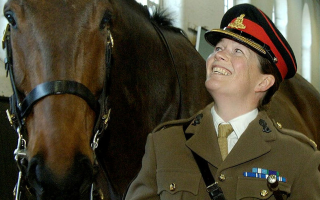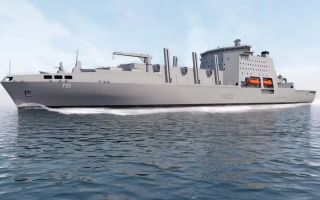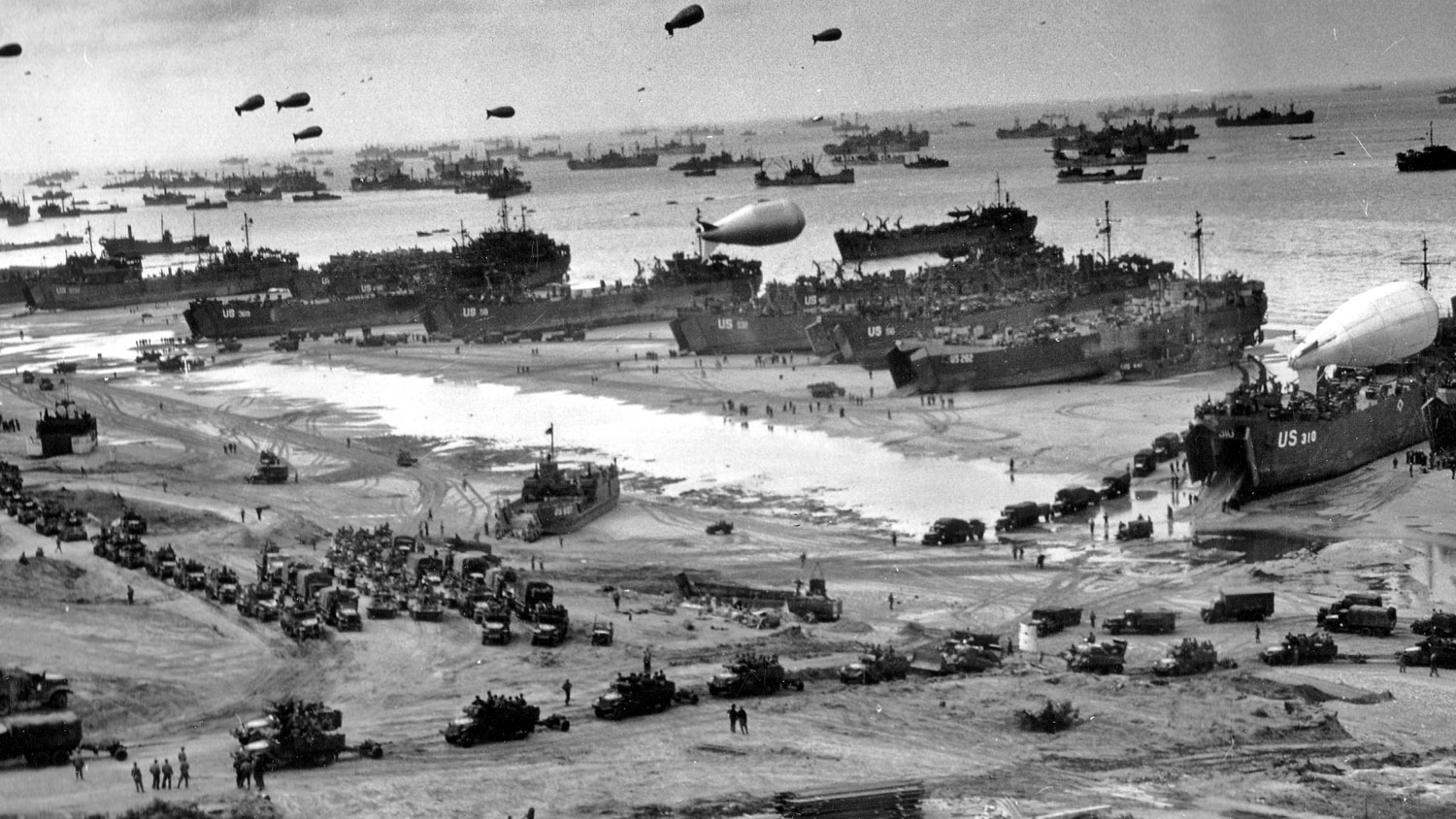
Ten things you may not know about Operation Neptune and D-Day

D-Day was the largest amphibious invasion in military history and a crucial turning point in the war against Nazi Germany.
On 6 June 1944, more than 156,000 Allied troops landed on the shores of Normandy in Nazi-occupied France.
The assault on the beaches in northern France started at 6:30 am, as American, British and Canadian forces landed along a 50-mile expanse of the Normandy coastline following their crossing of the English Channel.
- Normandy Landings: Understanding Operation Overlord, Neptune and D-Day
- How a web of deception tricked Hitler and paved the way for the Normandy Landings
- Bayeux War Cemetery: The largest resting place for WWII Commonwealth soldiers in France
Within less than a week and despite German resistance, Allied troops had officially conquered and secured the beaches.
1. D-Day was supposed to happen a day earlier
The original date for D-Day was set to be 5 June 1944.
The landings had been planned with very specific weather and tide conditions in mind, but as the day approached, the weather became worse and unpredictable.
High winds and torrential rain meant the operation had to be delayed.
Even on 6 June 1944 the weather was far from perfect, but it was still good enough for the troops to invade the shores of Normandy.
A further postponement would have meant waiting at least two more weeks as the phase of the moon and tides would have changed.
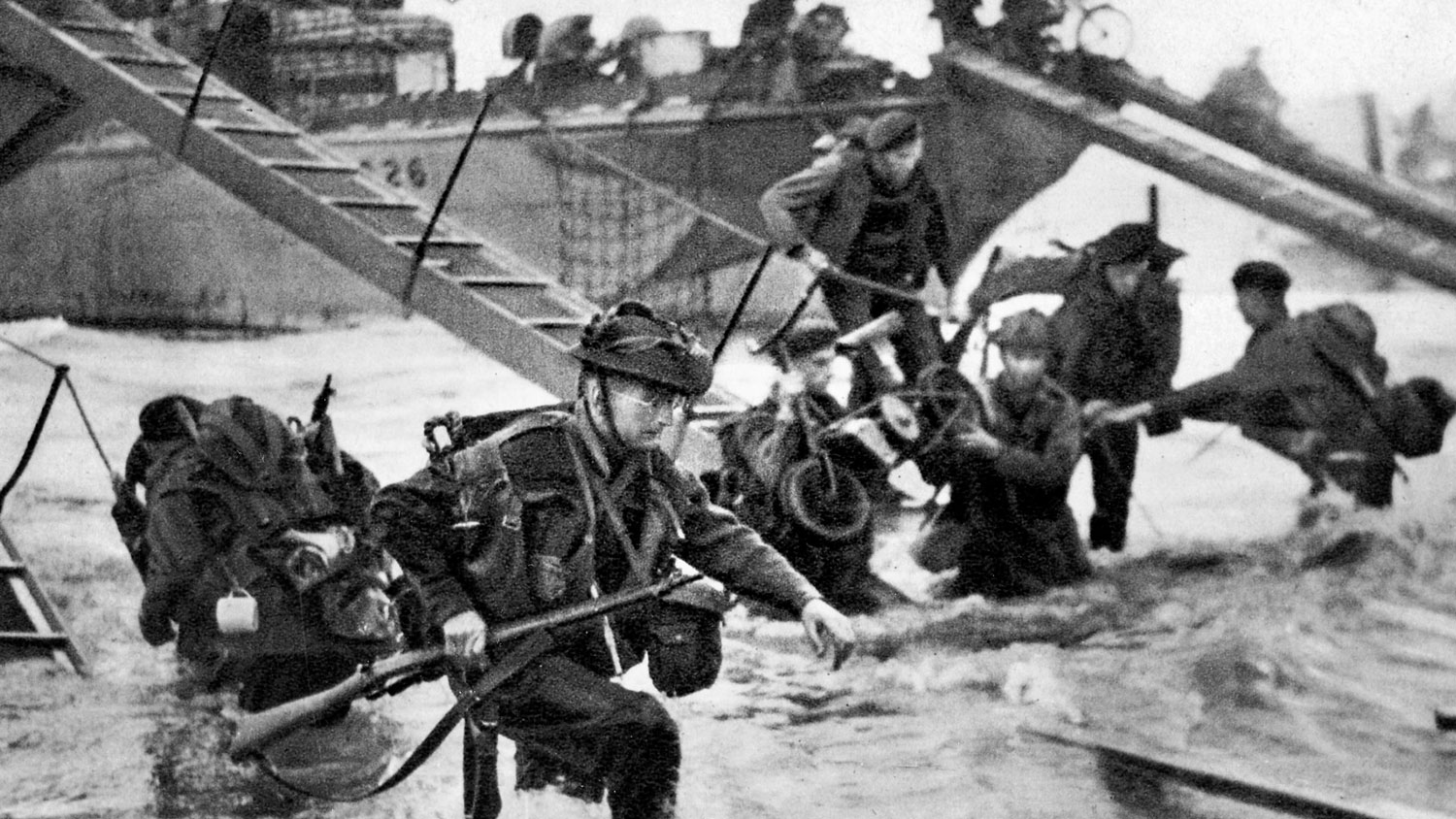
2. 'H-Hour' is when the operation was set to begin
'H-Hour' was the term used to indicate the time on 6 June when Operation Neptune was set to begin - 06:30.
At that time, US troops landed at Utah and Omaha beaches, the British arrived at Gold and Sword beaches, and the Canadians landed at Juno beach.
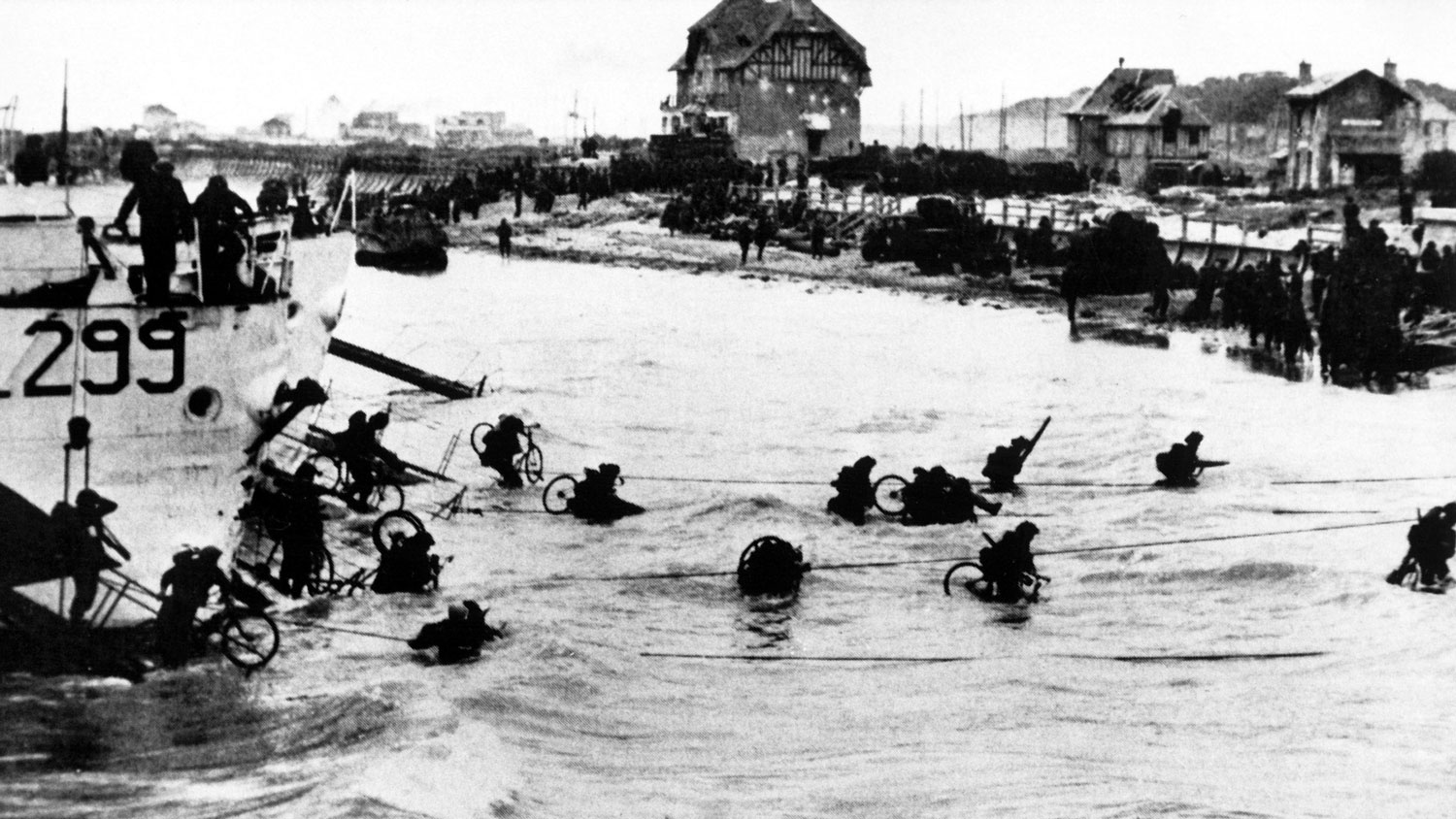
3. Normandy was seen as an unlikely point for an attack
An attack on the Normandy coast was not foreseen by the Germans.
In order to succeed in a military invasion of Normandy, the attacking forces needed to not only make it successfully onto the beaches with their equipment, but they needed to either carry their supplies with them or have them shipped over.
Pas-de-Calais was the location the Germans believed an attack would take place as the distance from England was shorter than from Normandy and there was a large, active port in Calais.
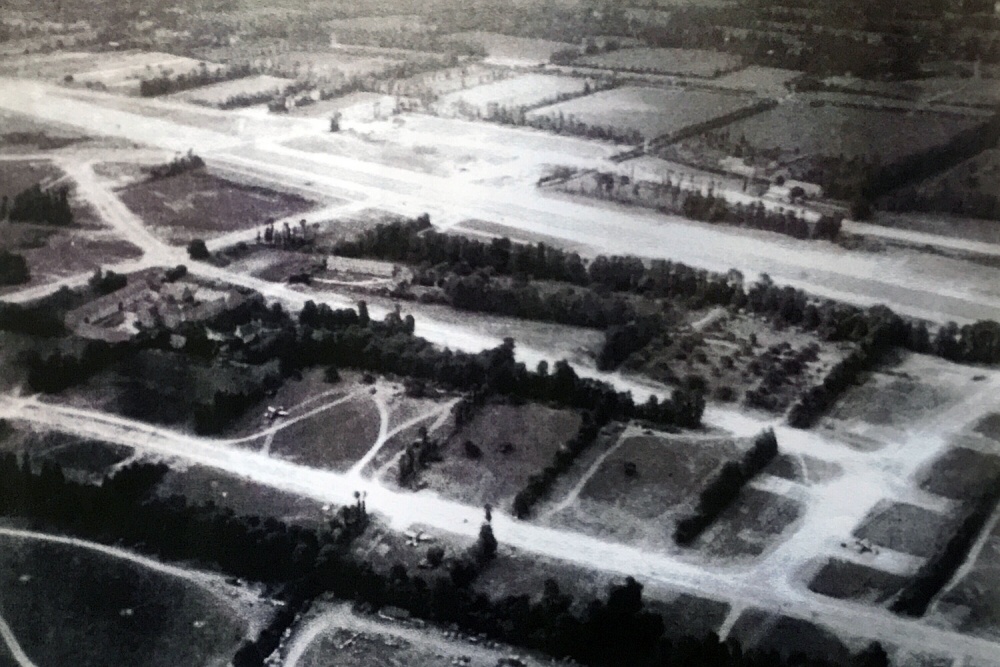
4. The Germans expected an attack in Norway
A game of deception was put into action by the Allies ahead of D-Day.
Operation Fortitude was divided into the North and South sub-plans of deception, and aimed to mislead the German high command as to where an invasion would take place.
Phantom field armies, made up of inflatable vehicles and submarines, were placed in strategic locations to simulate threats against both Norway (Fortitude North) and Pas-de-Calais (Fortitude South).
Thanks to Operation Fortitude, German reinforcements were delayed to reach Normandy when the attack finally took place.
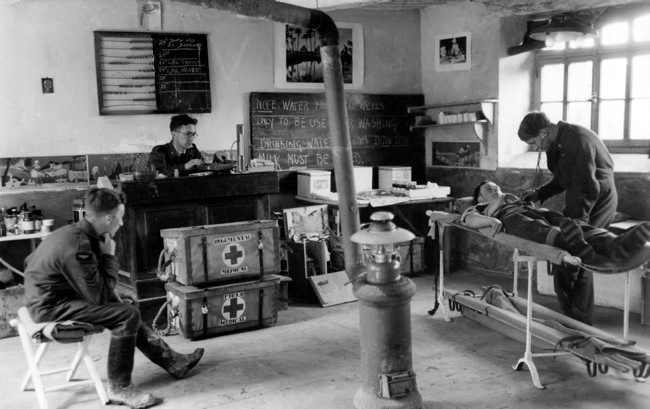
5. D-Day was the largest single-day amphibious invasion in history
Planning for Operation Neptune took months, and it began in 1943.
Neptune involved 6,939 vessels and 4,126 landing craft, which assembled on 5 June 1944 off the Isle of Wight.
The landings on the shores of Normandy were preceded by an airborne assault of the German troops stationed in France, as well as naval bombardments.
The 80km stretch of coast was divided into five sectors: Utah, Omaha, Gold, Juno and Sword.
6. Spies helped make D-Day a success
Despite the German occupation of France, resistance groups were still active, and spies and saboteurs kept close contact with the Allies.
The Special Operations Executive was set up in 1940 to help resistance movements in German-occupied territories thrive despite the occupation.
Informants in France provided the Allies with intelligence on German defences and carried out acts of sabotage to disrupt the German war effort.
Many of the resistance activities revolved around the rail network in France ahead of D-Day.
Saboteurs damaged railways around Normandy, slowing down transport services as well as industrial military factory production.
7. Travel to Ireland was banned in the lead up to D-Day
All travel to Ireland was barred from 12 March 1944. Ireland was one of the neutral countries during the Second World War.
Even though Ireland never blocked Allied forces aircraft from using the Donegal Corridor, and even though Irish and Allied intelligence tacitly co-operated during the war, it was decided to stop all travel to Ireland ahead of D-Day.
This decision was taken to prevent information concerning the date of the invasion to be leaked.
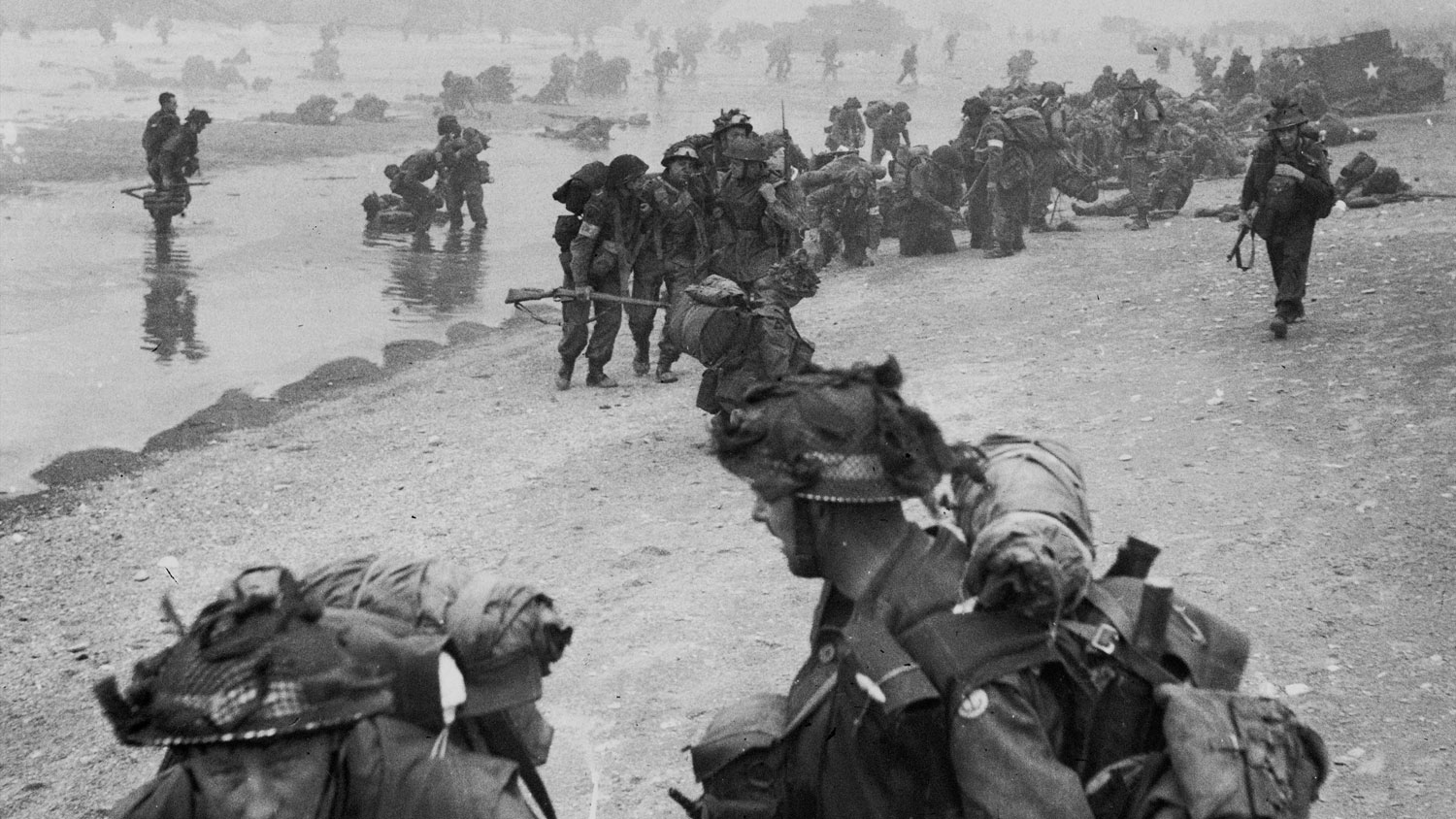
8. The Luftwaffe was greatly outnumbered
The Allies had air superiority on D-Day, with the Luftwaffe being outnumbered 30:1.
Because of the highly strategic nature of the D-Day operations, the German navy and air force had little means to resist the invasion.
The Luftwaffe had withdrawn nearly all its fighters to counter American daylight bombing operations over Germany, so there were very few aircraft left in France.
9. D-Day came at a heavy price
While D-Day marked the beginning of the liberation of Western Europe from Nazi control during the Second World War, it came at an enormous price in terms of lives lost in the battle.
There are currently 27 war cemeteries in Normandy and they contain the remains of hundreds of thousands of people who lost their lives on and after D-Day.
The Commonwealth War Graves Commission estimates there were 156,000 Allied casualties on D-Day alone.
This includes 1,760 British dead, 370 Canadians killed and 2,500 Americans losing their lives.
10: The three main Allied nations were not alone on 6 June
The landing forces on the invasion beaches codenamed Utah, Omaha, Gold, Juno and Sword were assigned to US, British and Canadian forces.
But plenty of other nations took part in D-Day too.
D-Day forces included personnel from Australia, Belgium, Czechoslovakia, France, Greece, the Netherlands, New Zealand, Norway and Poland among others.

